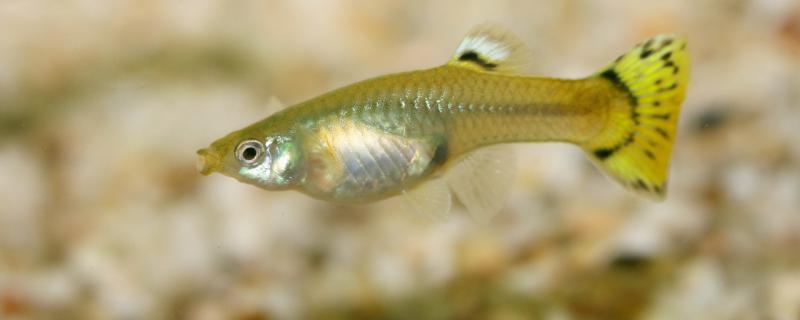 1. Reasons for guppy dystocia
1. Reasons for guppy dystocia 1. Scared: guppy is usually timid, especially when giving birth, they will become very sensitive. If there is a loud noise around them, they will be easily frightened.
2, the temperature difference is too large; Guppies' dystocia may also be due to the large temperature difference, although they have strong adaptability and low requirements for the environment. However, it is still sensitive during production. If the temperature difference is too large, it may stimulate them and lead to dystocia.
3. Environmental mutation: It is also possible that guppy dystocia is due to environmental mutation. For example, when they are about to give birth, many breeders will transfer them to separate breeding tanks. If there is a big difference between the environment in the breeding cylinder and the environment in the original cylinder, it will cause them to have dystocia.
2. Methods for treating guppy dystocia1. Proper water change: When guppy dystocia occurs, breeders can properly change water, which can stimulate guppy production. However, the amount of water should not be too large, and one third of the water can be replaced at a time.
2. Heating and cooling: You can also use a heating rod to raise the water temperature by 2 ℃ first. Then turn off the heating rods, wait for the water temperature to drop by 2 ℃, then turn on the heating rods, and use the temperature difference to stimulate their production. But the temperature difference should not be too large, otherwise it will be counterproductive.
3. Artificial midwifery: If dystocia occurs during production, the breeder can gently squeeze the guppy's abdomen with his hand to help them produce. However, attention should be paid to extrusion, otherwise it is very likely that the drainage hole will be torn.